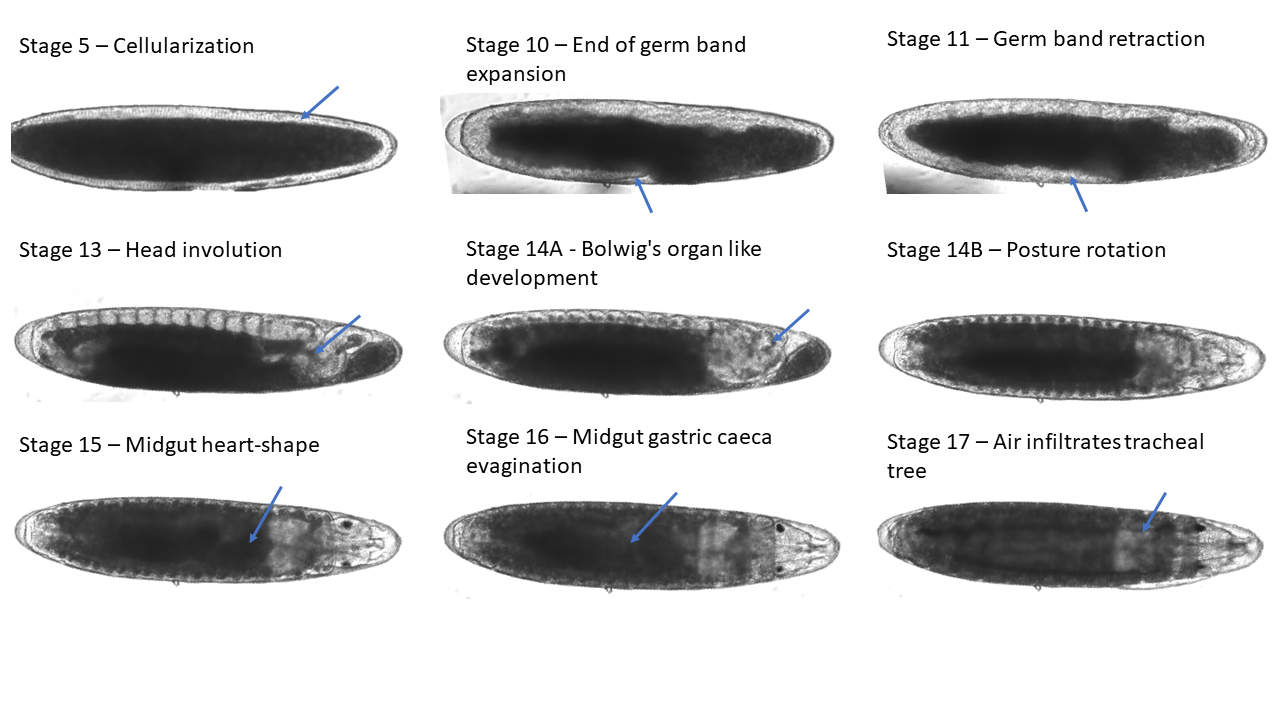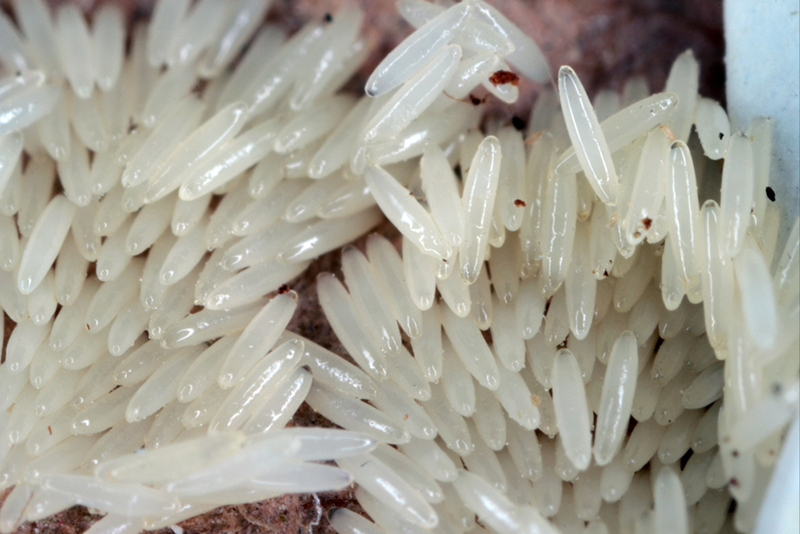In recent years, Black Soldier Fly (BSF, Hermetia Illucens) farming has gained significant attention as a sustainable and profitable solution for waste management and high-quality protein production. At the heart of this process are BSF eggs, the foundation of every successful BSF colony. This article aims to provide an in-depth understanding of BSF eggs, from identification and collection to the intricacies of breeding and hatching. Whether you are an established BSF farmer or someone exploring this exciting venture, this guide will offer you valuable insights.
BSF. It all starts with an egg
BSF eggs are the starting point of a highly efficient natural cycle. Once hatched, BSF larvae can consume large amounts of organic waste, converting it into valuable by-products, such as frass (organic fertilizer) and high-protein larvae, which are ideal for animal feed. For farmers and businesses, this process presents a sustainable way to manage waste while generating new revenue streams. The quality of BSF eggs directly impacts the yield and efficiency of the entire process, making egg management a critical aspect of insect farming.
The natural BSF cycle
A female Black Soldier Fly typically lays eggs only once in her lifetime. After mating, she will lay a single cluster of eggs, usually in secluded areas near a food source but not directly on it. Each female can lay between 600 to 900 eggs during this process, releasing them one by one using a specialized organ through a process known as oviposition. Once the eggs are laid, the female fly dies shortly after, as her reproductive role is complete. The life cycle of the Black Soldier Fly focuses on producing a large number of offspring in a single laying event to maximize reproductive success.
The weight of a single BSF egg is approximately 30 micrograms. Initially, the eggs are white but gradually turn yellow as they mature. In the final stages of their development, close observation under a microscope reveals the development of the larvae’s eyes, indicating they are nearly ready to hatch. It’s important to note that the egg itself is the embryo, and the female fly fertilizes the eggs as they pass through the oviposition tube, utilizing stored male sperm from the mating process.
Large-Scale Oviposition
In large-scale BSF breeding operations, guiding females to lay eggs in the desired locations presents a considerable challenge. BSF females tend to deposit their eggs in various unintended spots within the breeding environment, such as walls, corners, or even dead flies, leading to significant egg loss—sometimes reducing yield by as much as several dozen percent.
In large-scale BSF breeding operations, guiding females to lay eggs in the desired locations presents a considerable challenge.
While improvised attractants are often used to influence where females lay eggs, these attractants are frequently homemade, using methods like fermentation or other biological processes. Unfortunately, these solutions tend to be inconsistent and unstable, particularly when scaled up, which can lead to further egg yield losses. Natural fluctuations in egg production further complicate matters, necessitating overproduction—often 1.5 to 3 times the actual requirement—to ensure a sufficient supply of eggs for rearing.
Furthermore, the sensitivity of BSF eggs means that improper incubation can lead to poor hatch rates and inconsistent timing. Once hatched, neonates must be promptly introduced to feed at the correct larvae-to-feed ratio to optimize their growth and ensure efficient feed conversion (FCR). Mismanagement of oviposition, hatching, and neonate dosing can significantly reduce breeding efficiency, negatively impacting overall production performance.
How to Collect BSF Eggs Efficiently
Efficient egg collection is essential for maintaining a healthy BSF colony. It’s crucial to check the traps regularly, as the eggs need to be collected within a few days to ensure proper hatching conditions. Once collected, the eggs should be carefully transferred to a controlled environment, where temperature and humidity can be optimized to encourage hatching.
When collecting eggs, it’s crucial to maintain cleanliness to avoid contamination. A sterile environment helps prevent the growth of mold or other pathogens that could jeopardize egg fertility or the health of the larvae.
How Long Do BSF Eggs Take to Hatch?
BSF eggs typically take about 3 to 4 days to hatch, but this timeline can vary depending on environmental factors. Temperature is a critical factor: the ideal range for hatching is between 26°C to 30°C. Humidity also plays a vital role, with optimal conditions being around 70%. Deviations from these conditions can delay hatching or reduce the viability of the larvae. Farmers should regularly monitor these factors and ensure a stable environment to maximize hatch rates.
Best Attractants for BSF Egg Laying
BSF flies are naturally attracted to decomposing organic matter, which serves as a food source for their larvae. However, certain attractants can be used to maximize egg-laying rates. Well-prepared waste piles that emit strong odors are often the most effective. Common attractants include fruit and vegetable waste, particularly those with high moisture content, such as bananas, melons, and other decaying produce. It is important to strike a balance—while waste attracts the flies, placing the eggs directly on moist waste can negatively impact hatching. Thus, offering dry, secluded spots near the waste is essential.
Challenges in Breeding BSF
While insect farming offers significant advantages, successfully breeding black soldier flies can be complex. Maintaining the right environmental conditions, ensuring a consistent food supply, and managing the reproduction cycle are common challenges farmers face. Exposure to these conditions can lead to a decrease in overall colony performance, affecting not just larvae quality, but also fertility and survival.
Additionally, the breeding process requires specialized knowledge and equipment to ensure optimal outcomes. Many farmers find it difficult to maintain genetic diversity and pathogen control within their colonies, which can lead to reduced larvae quality over time.

The FreezeM Advantage: Simplifying BSF Egg Management
This is where FreezeM comes in. At FreezeM, we understand the complexities involved in BSF breeding, and we offer a streamlined solution for insect farmers. Our breeding solutions allow farmers to outsource the reproduction process so they can focus on rearing and production. FreezeM handles the complexities of large-scale breeding, from egg-laying to hatching, and provides neonates in a live-suspension state, ready to be used whenever your waste feed is prepared. This method ensures that you receive healthy, robust larvae exactly when you need them, without worrying about the timing or the intricate details of hatching.
By outsourcing your breeding needs to FreezeM, you can maintain consistent production without investing heavily in breeding infrastructure. Additionally, this approach ensures that your colony maintains genetic diversity and pathogen control, which are critical to long-term success.
